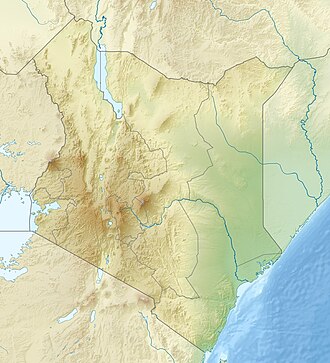| Mnarani ruins | |
|---|---|
 View of the Mnarani ruins | |
| Location | Kilifi County, Kenya |
| Coordinates | 3°38′21.39″S39°50′37.27″E / 3.6392750°S 39.8436861°E |
The Mnarani ruins are the remains of two mosques near Mnarani in Kilifi County, Kenya. Dating from the 15th century.



